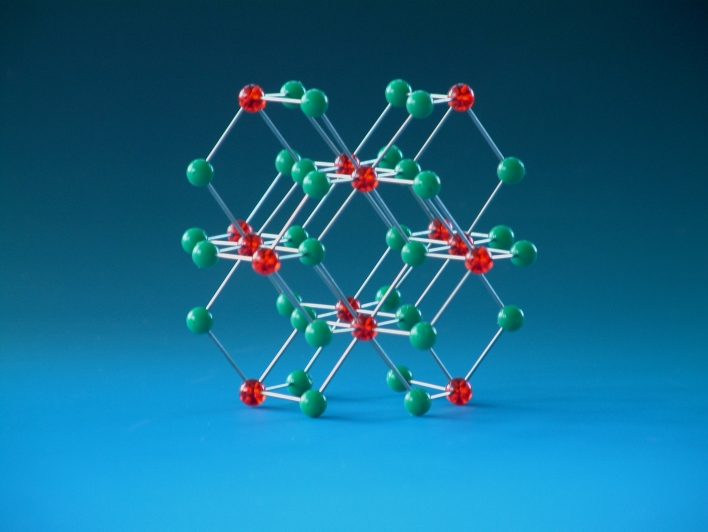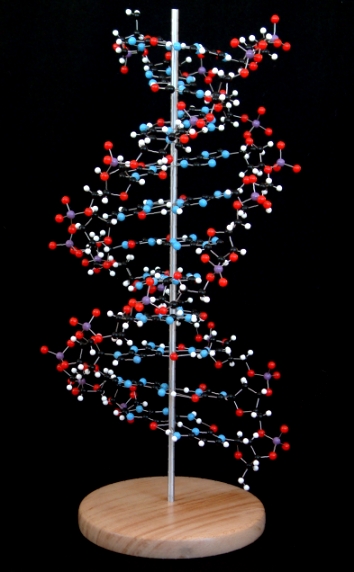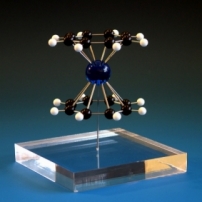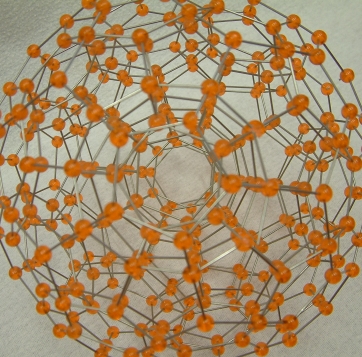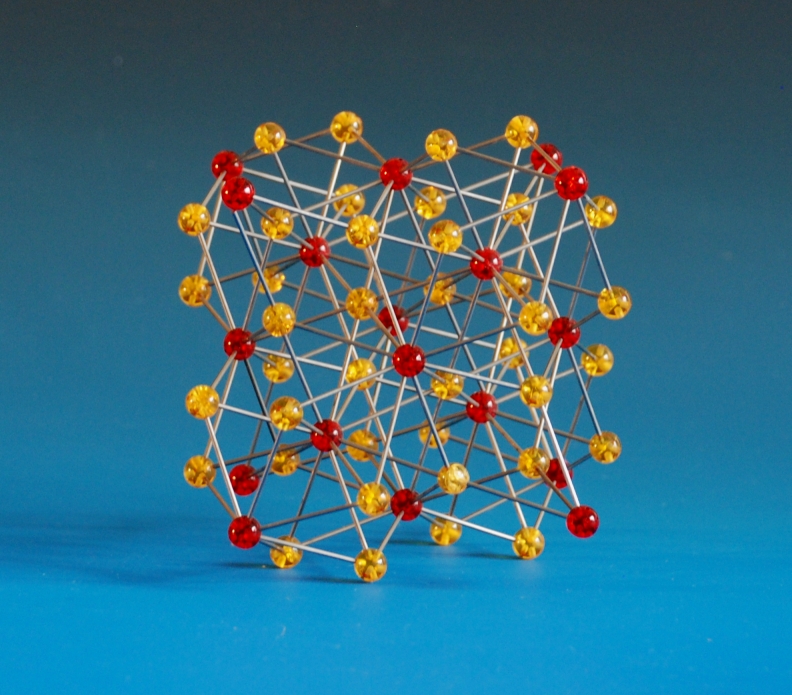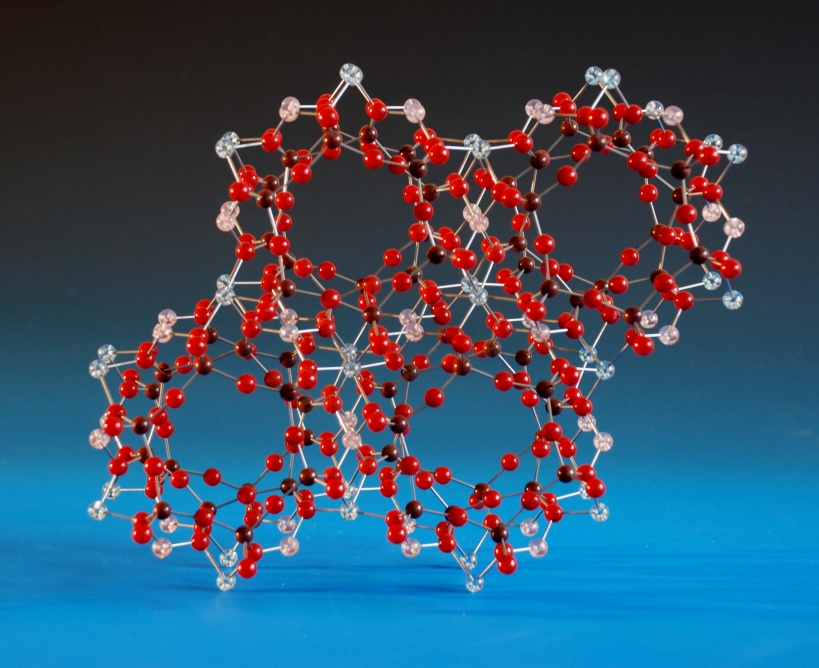Examples of our standard molecular models
and crystal structure models
We produce an extremely diverse range of models for a wide range of applications, from small presentation or display models through to big installations with giant molecular models. Our Beevers models, though, represent the widest range of structures we have produced, and consequently represent the widest range of applications for display or teaching.
Categorising molecular models is inevitably a somewhat artificial and arbitrary exercise. So, for example, the question of whether we list a crystal structure model of NaCl as a teaching model, a mineral model or an inorganic structure model will always result in an arbitrary and arguable answer, Obviously, it can be all of these, so bear in mind that we've only categorised the models in the links on these pages as representative examples of that category. We feel that this approach is useful to give some idea of the range of molecular models and crystal structure models that we can build and supply.
The linked pages illustrate just a few examples of our standard models, and how they may be used. Alternatively, you can regard them as lists of the commonest structures or molecules that we have made for each type of model. Our catalogue contains well over a thousand structures, so the models that we have listed here represent just the tip of a very large iceberg - as we continually emphasise, if you don't see what you want and can't find it in our catalogue, please contact us - we'll almost certainly be able to help.
These pages only relate to our Beevers models. For examples of our other products, take a look at the pages for our metal models, 3d printed models and our large and giant models.
Crystallographic teaching models

